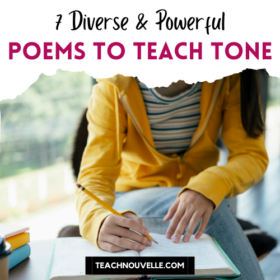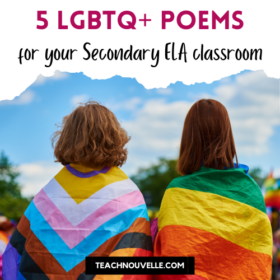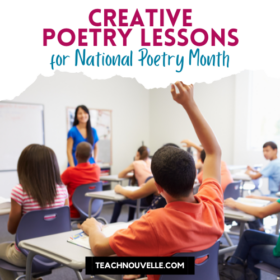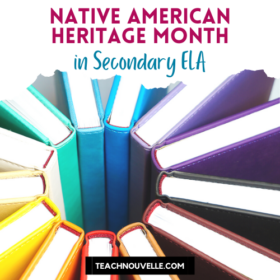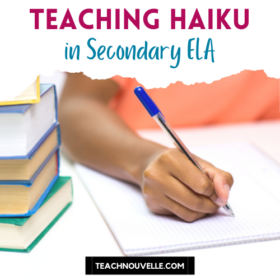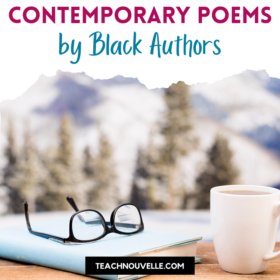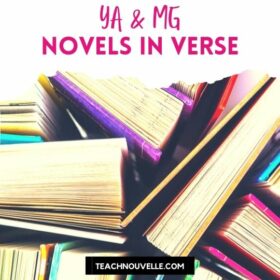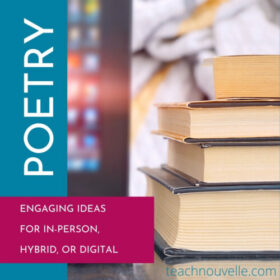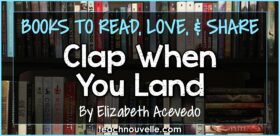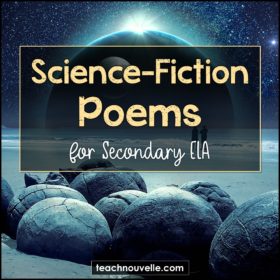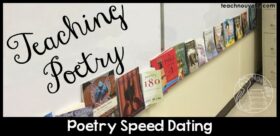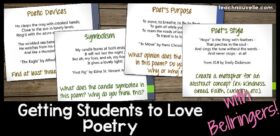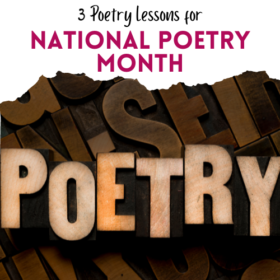
3 Effective Poetry Lessons for National Poetry Month
Celebrate writing with 3 poetry lessons for National Poetry Month to deepen your students’ appreciation of poetry! Unleash your students’ inner poets with these 3 poetry lessons for National Poetry Month! April is National Poetry Month, where we celebrate the power of words and the beauty of expression. As secondary ELA teachers, we play a vital role in igniting that creative spark within our students. This blog post outlines three engaging and interactive secondary ELA poetry lessons that will inspire and captivate your students during this special month. Combining the power of language and the magic of poetry, these lessons are designed to enhance critical thinking, boost imagination, foster a deep appreciation for the art of words, and get YOU and your students excited about poetry. Each lesson is crafted to encourage active participation, encouraging

